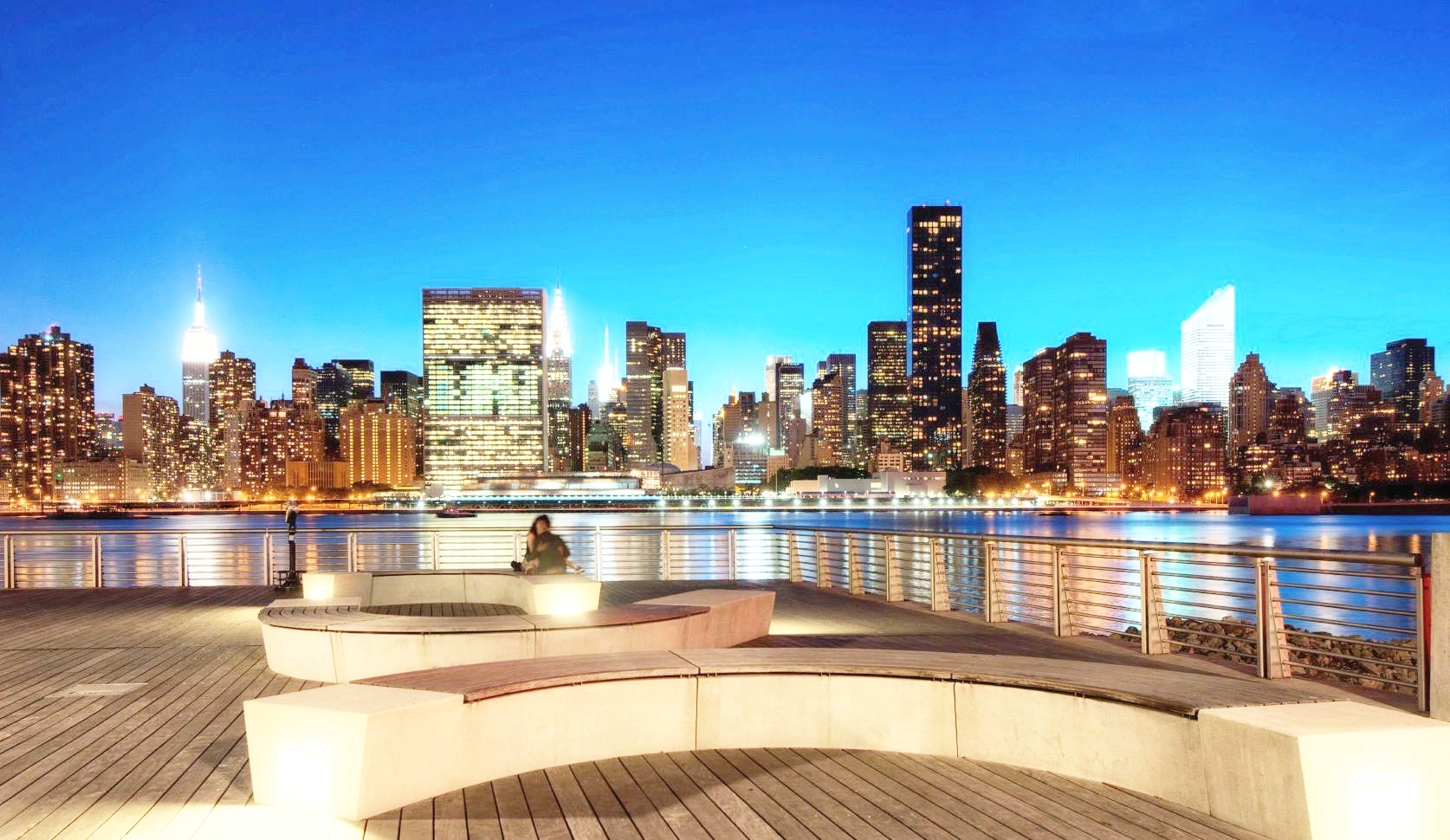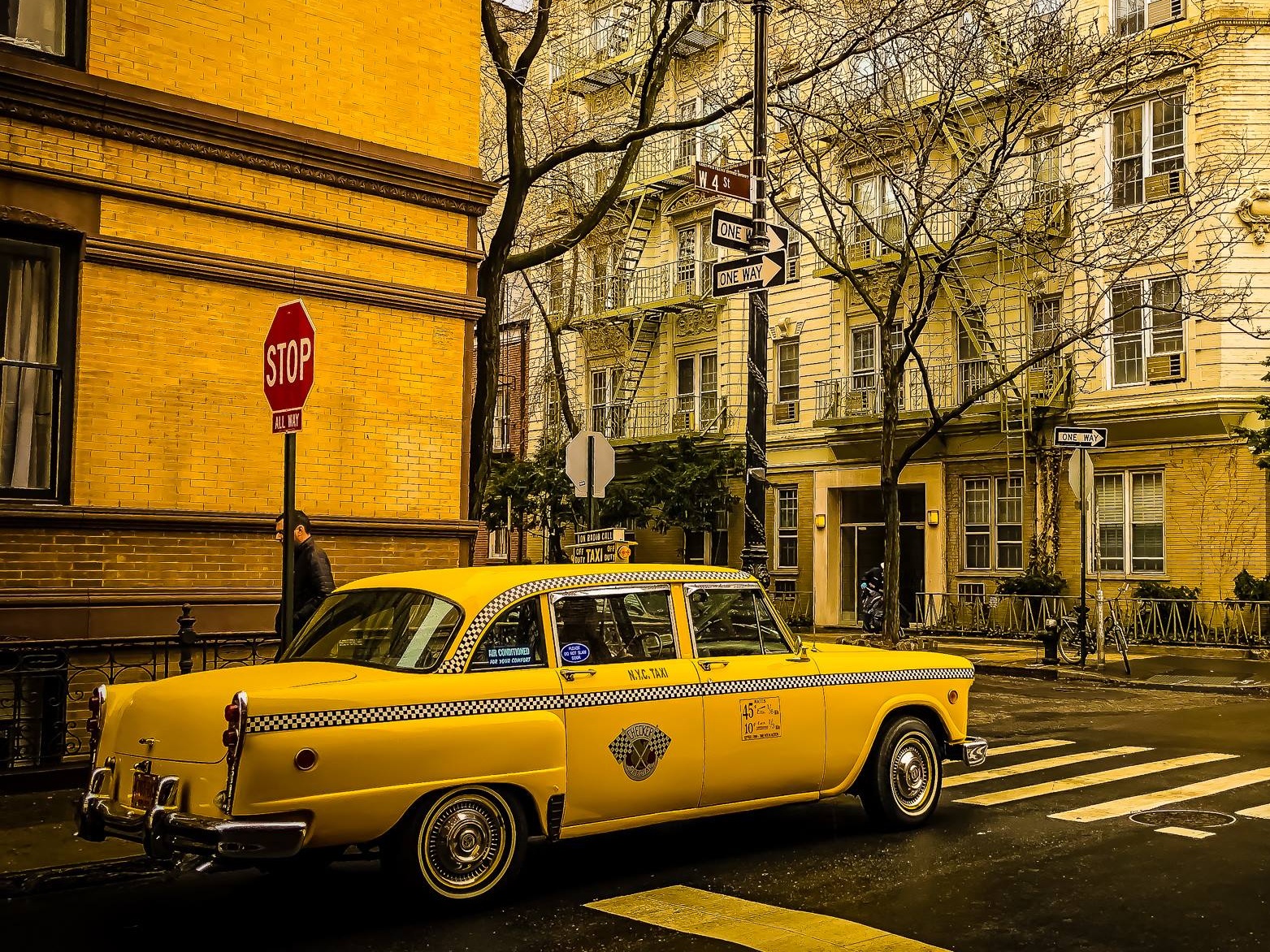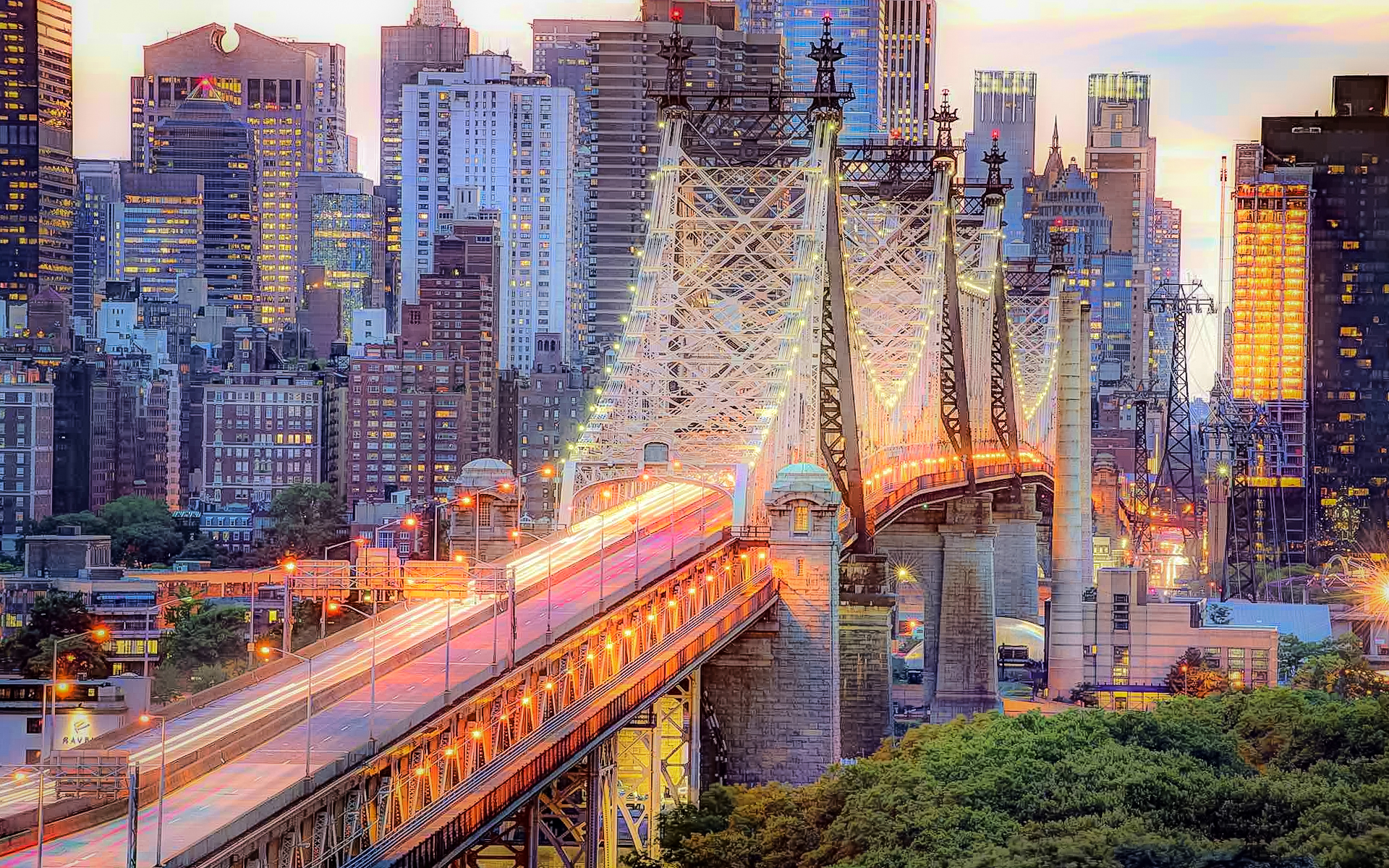10 Top Secrets of the Flatiron Building
By Lucas Compan
The distinctive triangular shape of the Flatiron Building, designed by Chicago architect Daniel Burnham and built in 1902, allowed it fill the wedge-shaped property located at the intersection of Fifth Avenue and Broadway.
The unique shape of the flatiron Building. Photo @lucascompan
The Flatiron Building was intended to serve as offices for the George A. Fuller Company, a major Chicago contracting firm. That's why the building was not called Flatiron Building. Its name was The Fuller Building.
At 22 stories and 307 feet (93 meters), the Flatiron was never the city’s tallest building, but always one of its most dramatic-looking, and its popularity with photographers and artists have made it an enduring symbol of New York for more than a century.
the flatiron building captured from the empire state building observation deck. Photo @lucascompan
Before the Empire State Building took over, it was the Flatiron that was most synonymous with New York City. It was one of the first towers in New York constructed on a steel skeleton, and was known as one of our first skyscrapers. Want to know what else you might not know about the Flatiron Building? Here are 10 facts that might surprise you about one of NYC's most famous structural icons.
10 – The Top Floor of the Building Was Added 3 Years Later
The 21st floor of the building was added to The Flatiron Building three years after and according to The New York Times that floor “can be reached only by taking the second elevator from the 20th floor.” Meanwhile on the 20th floor, the windows start chest up. “I have an incredible view,” Charles Bozian, Macmillan’s vice president for finance and administration told the Times, “But not unless I stand up.”
Construction of the Flatiron Building (Image: Library of Congress)
9. The Original Elevators Were Water Powered
The original elevators were hydraulic, and according to the New York Times, were "slow and bouncy." John J. Murphy III, director of publicity for St. Martin’s who lived across the street, told the Times that "his commute was 30 minutes.” In 1998, the elevators malfunctioned and soaked some unfortunate workers.
8. The building has 750 radiators and 600 air-conditioning units
Sunny Atis, who has worked at the Flatiron building for 30 years and is now the superintendent, loves his job at the storied wedge-shaped skyscraper. Back then, among other jobs, he helped run the building’s old hydraulic elevators, powered by water pressure.
Superintendent Sunny Atis in the boiler room of the Flatiron Building. (PHOTO: Agaton Strom for The Wall Street Journal)
Now the building’s superintendent, Mr. Atis has helped drain 7-foot-high water from the subbasement, rescued people from elevators during a blackout, and spent years tending to the building’s 600 or so air-conditioning units and 750 radiators—“rads” as he calls them. For him, it’s a dream job.
Sunny Atis, who has worked at the Flatiron building for 30 years and is now the superintendent, at the rooftop.
7. The Original Building Didn't Have Female Bathrooms
What? Yes, that is true. When the Flatiron Building first opened, female tenants were at a disadvantage, as the building's designers had failed to include any ladies' restrooms. Management had to designate bathrooms for men and women on alternating floors, a pattern that continues today.
(Image: Library of Congress)
6. There Used to be an Open Air Sightseeing Bus That Left From the Flatiron Building
The Flatiron Building was such a popular tourist destination that "Seeing New York" operated its open air New York City tours from the building every hour, all seven days of the week for $1.
Circa 1904. "Seeing New York." Electric omnibuses at the Flatiron Building. 8x10 inch dry plate glass negative, Detroit Publishing Company
"Seeing New York" operated four sightseeing tours: 1. Downtown Little Italy, 2. Five Points, 3. Chinatown and the Bowery, Uptown to Central Park, Fifth Avenue, Riverside Drive, Chinatown by night, and 4. A yacht tour around Manhattan
5. During the Construction People Feared The Building Would Collapse
New Yorkers were relatively unfamiliar with steel cage construction when the Flatiron was built. The thinness of the building also added to the public’s trepidation, and there was a fear that the building could topple over.
(Image: Library of Congress)
4. The Building is only 6-feet (1.8 meter) wide at one end
You probably know a few people taller than the skinny end of the Flatiron is wide. Or maybe you are taller than that.
the flatiron building and the subway station. photo @lucascompan
3. There is Another Very Similar Triangle Structure in New York
The Delmonico's Building is also triangular. Some people say it’s the Flatiron's shortest brother. Delmonico's is the name of various New York City restaurants of varying duration, quality, and fame. The original and most famous was operated by the Delmonico family at 2 South William Street in Lower Manhattan during the 19th and early 20th centuries, when it gained a reputation as one of the nation's top fine dining establishments. In 1927, restaurateur Oscar Tucci purchased the entire 70,000 square foot building at 56 Beaver Street.
The Delmonico’s building, in lower manhattan. photo @mpthecomebackid
2. The Flatiron Building Was Build Very Quickly
Once the foundation was set, the floors went up at a rate of one floor per week. And once the steel frame was done, it only took four months to finish the building, which was completed in June 1902.
(Image: Library of Congress)
1 – The Staircases Are Made of Cast Iron
“The Flatiron Building’s staircase was built by Swedes, and about a decade ago had two elderly visitors whose great-grandfather worked on the building. They brought his union card and were specifically visiting to see the staircase.”
An Enduring Icon
The Empire State Building seeing from an office at the thinnest end of the Flatiron Building
Built around a skeleton of steel, the Flatiron Building is fronted with limestone and terra-cotta and designed in the Beaux-Arts style, featuring French and Italian Renaissance influences and other trends seen at the 1893 World’s Columbian Exposition. Shaped like a perfect right triangle, it measures only six feet across the narrow end – as seen on the picture below.
The Fuller Company moved out of the building in 1929, and for years the area around the Flatiron Building remained relatively barren. Beginning in the late 1990s, however, building’s enduring popularity helped drive the neighborhood’s transformation into a top destination for high-end restaurants, shopping and sightseeing. Today, the Flatiron Building mainly houses publishing businesses, in addition to a few shops on the ground floor – and art exhibitions at “The Prow.”
Current exhibitions at Prow Art Space
For 5 years, Cheryl McGinnis Projects has curated the iconic art space in the Prow of the historic Flatiron Building. The space has become a beacon of art for the neighborhood. Here are some of the highlights of the last 5 years. (Source: The Prow’s website)
Heidi Lanino’s Folded Females
Image: courtesy Prow Art space
Image: courtesy Prow Art space
Image: courtesy Prow Art space
Image: courtesy Prow Art space
Past exhibitions
Image: courtesy Prow Art space
Image: courtesy Prow Art space
Image: courtesy Prow Art space
Image: courtesy Prow Art space
More top secrets of New York
Categories
- art 41
- bars 7
- bronx 1
- brooklyn 34
- carousel 3
- cars 2
- culture 45
- filmmaking 76
- food 29
- history 72
- holidays 14
- italy 19
- kids 46
- kids1 45
- landmarks 73
- lists 90
- manhattan 80
- music 1
- new york 145
- parks 9
- personal stories 29
- photography 79
- queens 29
- sculpture 3
- staten island 9
- summer 5
- the bronx 4
- things to do 111
- top secrets 81
- tours 110
- train 2
- waterfront 2






























